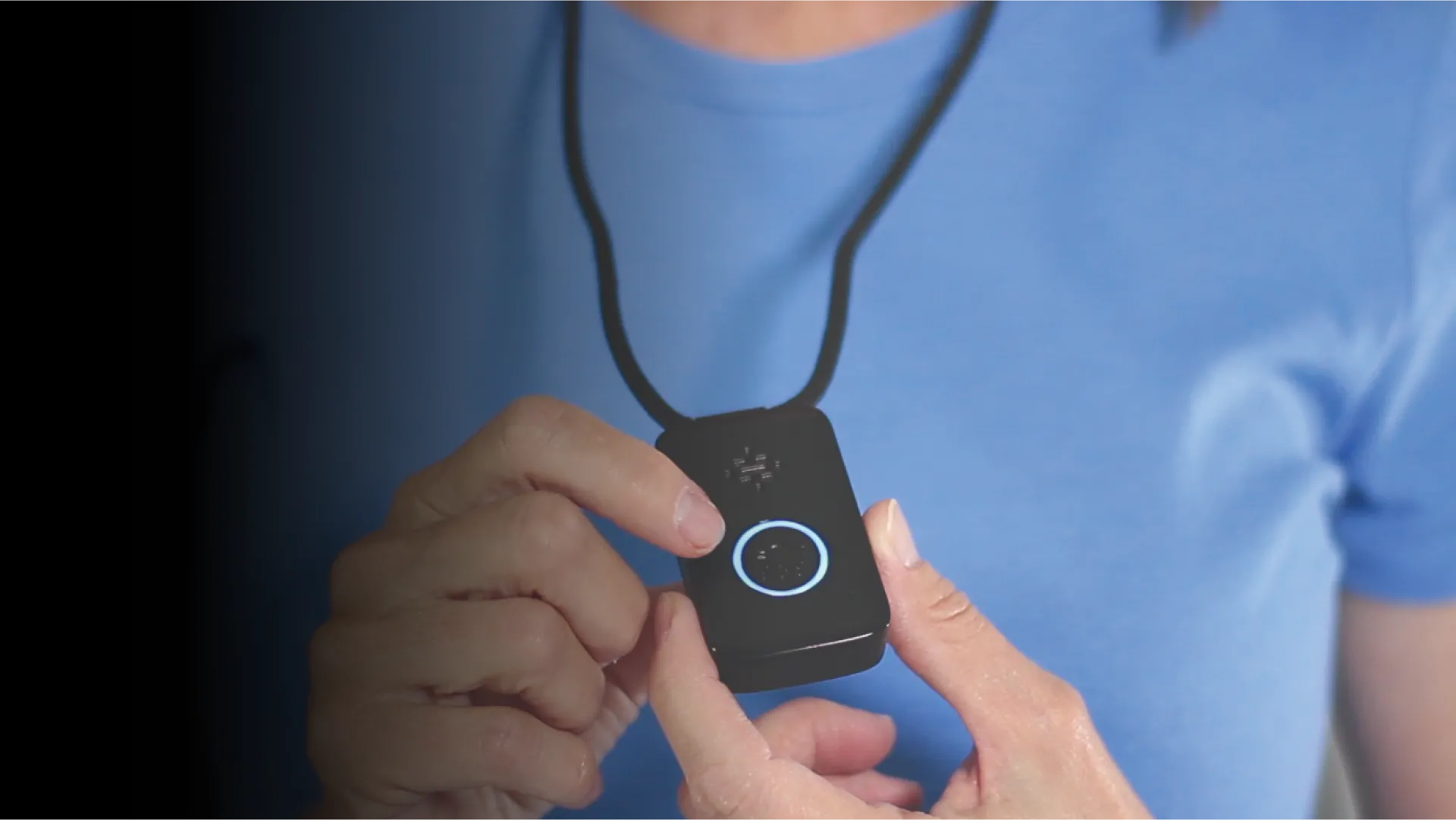Enabling Personal Emergency Response Solutions
Freeus, a Becklar company, is an award-winning provider of mobile personal emergency response systems (mPERS) and safety solutions. Serving more than 600,000 subscribers, Freeus is one of the fastest-growing mPERS businesses in the United States. Their mPERS subscriber base primarily consists of senior citizens, chronically ill patients, and people who need emergency services at the press of a button.
We have been amazed by HiveMQ’s top-notch customer service, a large reason why we chose HiveMQ as a partner. HiveMQ’s technical, support, and sales teams helped us set up licensing, our MQTT brokers and resolve technical issues. The documentation on the website and the YouTube videos are fantastic as well. All these resources together provided the perfect combination for a smooth transition for our company. We love the tool, and we find the technology to be great.
The company’s revolutionary two-way voice mPERS are emergency alert pendants. With the press of a button, these pendants connect to a monitoring service that gets instant assistance to subscribers from trained and certified emergency care specialists. These super-easy-to-use pendants work without the need of landline or cellular base stations. Additionally, these pendants transmit other vital information such as device location, device battery life, etc. simultaneously, which help provide additional assistance to the subscribers during their time of need.
Freeus Achieves Scalability and Near Real-time Connectivity with HiveMQ
When Freeus set out to design a new IoT mPERS device and platform they wanted to find a technology that could handle their IoT device communication, be easily maintained, and seamlessly scale to millions of subscribers without performance and quality-of-service degradation.
This meant that Freeus had to opt for an architecture that ensured uninterrupted real-time connectivity and provided the ability to collect/send vital subscriber data bidirectionally irrespective of concurrent subscriber connections.
Freeus mPERS aims to have a seamless near-real-time connectivity between the subscribers’ devices and monitoring services, irrespective of number of devices trying to connect to those services and irrespective of whether the subscribers are at home or on the go,” said Ken B., SVP of Platform at Freeus, LLC.
Ken added, “In 2019, our mPERS platform processed more than 210,000 medical alarms and provided vital assistance to subscribers every 2.7 minutes in one month alone. And, more than half of our subscribers who pressed their device buttons for assistance were away from home. This indicates how important it is for us to have real-time connectivity features on our IoT platform even when subscribers are not at home.”
Considering the importance of having uninterrupted bidirectional data movement with negligible network latency, Freeus decided to build a new platform for its new devices using a messaging-centric architecture.
Freeus investigated many different messaging solutions, however these solutions did not live up to their expectations. After careful research, Freeus decided to go with the MQTT protocol, because it is light weight, provides bi-directional data connectivity, and works seamlessly even on unreliable networks.
"During our exploratory phase around MQTT, we researched several different MQTT brokers. The team decided that HiveMQ would be a the best solution to move forward with. We used the HiveMQ trial version, performed integration testing and found out that HiveMQ is indeed the best fit for our solution. It provided all the functionalities essential to empower our IoT platform,” said Spencer Ferrin, Director of Software Engineering at Freeus.
Some of the advantages Freeus has enjoyed after using the HiveMQ MQTT broker include:
Implementing an industry standard and having a more robust messaging system through MQTT.
Improving the overall reliability of mPERS service, including at places where cellular networks are unreliable.
Having the ability to assign a quality-of-service message to specific messages from a device, which assures all emergency call connections are successful.
An Overview of the HiveMQ MQTT Broker Integration on the Freeus IoT Platform
To start with, Freeus hosted a single instance of HiveMQ on a Linux machine that connected to 160,000 MQTT clients. They have since scaled to three cluster nodes and have been using HiveMQ Control Center to monitor their MQTT client connections. They are also using the HiveMQ Kafka Extension for backend operations and the HiveMQ Security Extension for client authentication. Ken, sharing his team’s experience about HiveMQ implementation, said,
"From understanding our use case to helping us with MQTT configurations according to our architectural needs, HiveMQ’s support has been great to work with. They made it far easier to test and implement the MQTT broker into our IoT architecture. Overall, the process of working with HiveMQ has been top notch."


